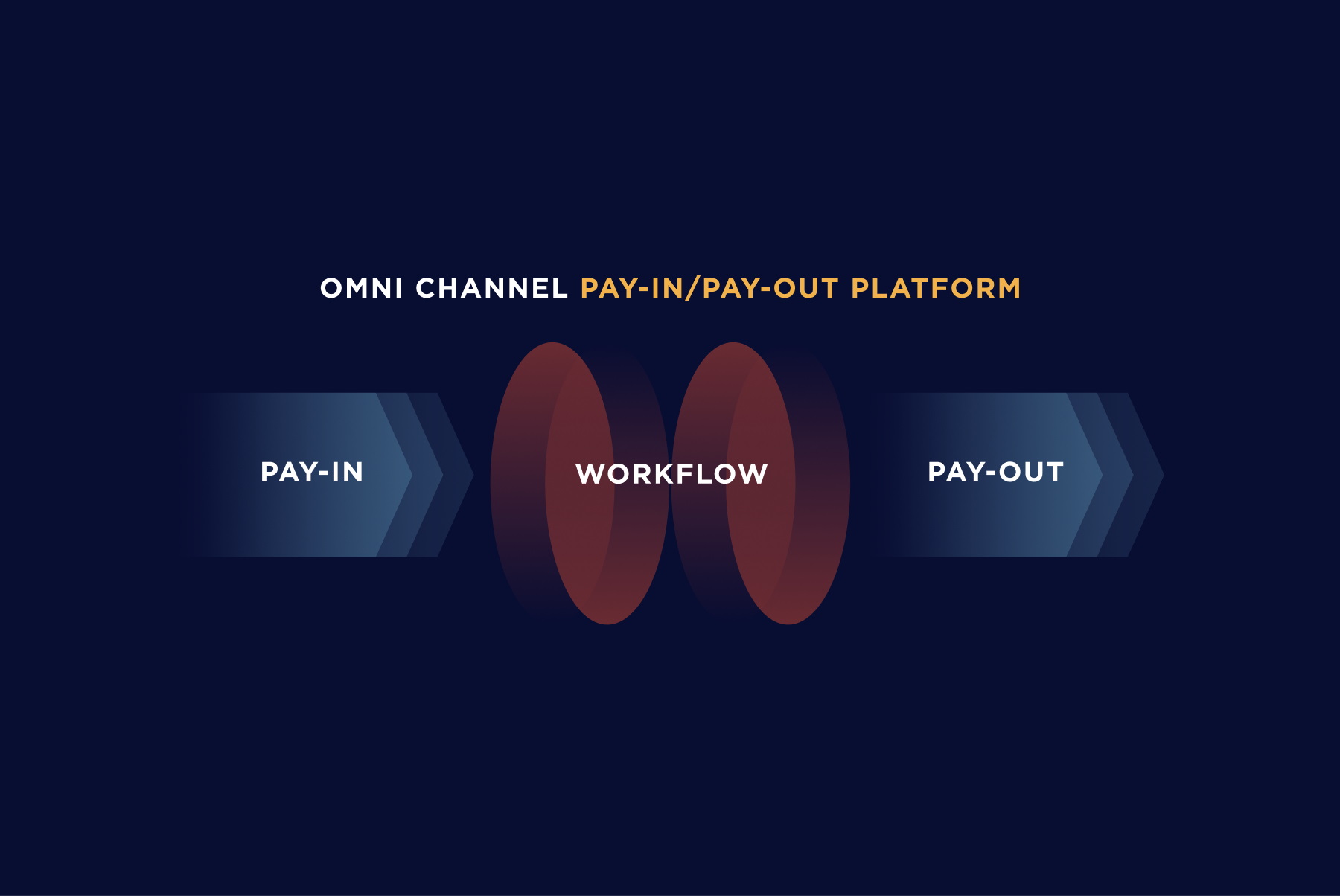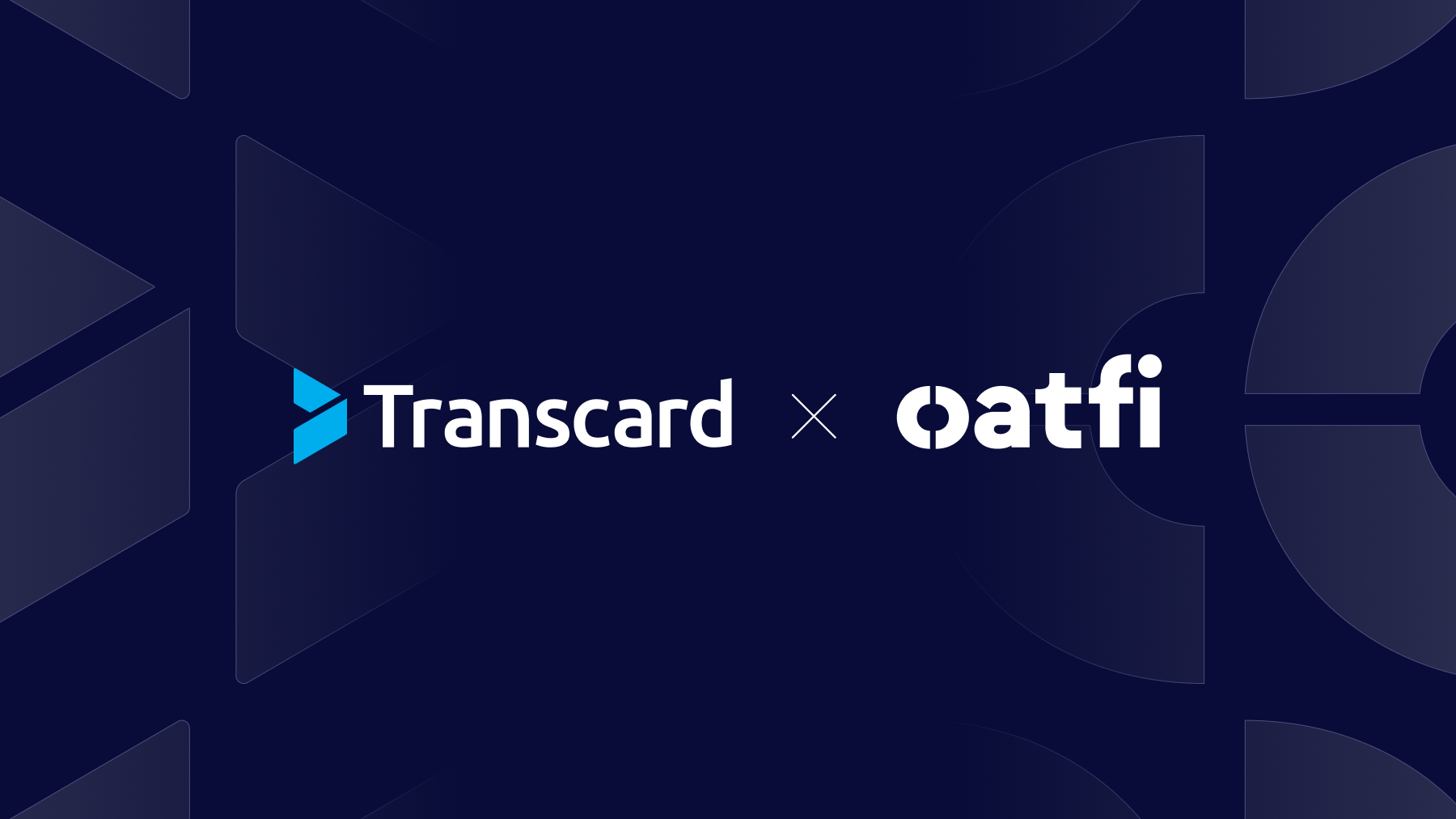What if I told you that the way your business or bank manages its electronic payments was putting it at a significant operational and strategic disadvantage?
You’d probably be concerned.
But if your business or bank makes or receives its electronic payments using a business prepaid debit card program, a platform from a card issuer processor or a core banking platform, chances are that:
- Your costs to process payments in and out of your organization are too high
- Your payments platform is not well integrated with its internal and external systems
- Your program managers can’t easily access all the information that they need
- Your customer satisfaction isn’t as high as it should be
Here’s why this is the case and what businesses and banks can do about it.
Business Prepaid Debit Card Programs
Depositing money onto a business prepaid debit card seems like a win-win for businesses and their employees. The business can tightly manage its corporate spending by depositing money onto a debit card that employees can use to make routine purchases. Employees gain easily access to allocated funds for things like travel expenses.
These are the reasons that more businesses are considering deploying business prepaid debit cards – programs where a business funds – or prepays for – cards through a transfer from its bank or other source and uses the Mastercard or Visa networks to facilitate debit card purchases.
But the devil is in the details when it comes to business prepaid debit cards.
Weak reporting built into most prepaid debit card programs makes it hard for businesses to collect and gather the data they need to gauge program performance or manage risks. It can take a lot of time, resources and expertise for a business to access at important information. What’s more, business prepaid debit card programs don’t offer administrative workflow tools. They also are hard to configure. And business prepaid debit card programs don’t support electronic payment methods such as ACH, forcing businesses to scramble when a supplier won’t accept a card payment.
As a result, business prepaid debit cards have struggled to gain critical mass.
Card Issuer Processors
The platforms offered by card issuer processors also present pay-in/pay-out challenges.
As the volume of business-to-business (B2B) and business-to-consumer (B2C) card transactions has grown over the last decade, more businesses have turned to card issuer processors to handle the tasks of accepting and processing payments and settling funds on their behalf.
Card issuer processors help power the cards that banks and other entities offer by connecting directly with card networks and issuing banks to provide a system of record, manage issuance of cards, authorize transactions and communicate with settlement entities.
Businesses believe that using a payments platform from a card issuer processor will help them get paid faster and resolve issues faster when problems come up. But payments platforms from card issuer processors lose their shine upon closer inspection.
The lack of administrative workflow capabilities in the platforms most card issuer processors use makes it hard for program managers to view or change the authorization process.
Card platforms typically are hard to configure. And most card issuer processors can only handle card payments, requiring businesses to maintain separate systems for other electronic payment methods.
Fast-changing customer preferences requires businesses to support all payment types. Some card issuer processors have attempted to “bolt on” support for noncard payments, with mixed results. Weak support for alternative payment methods makes it much harder for card issuer processors to adopt new payment methods as they emerge.
Core Banking Platforms
It’s not just businesses that struggle with how to manage electronic payments. Core banking platforms make it difficult for banks to effectively manage electronic payments.
A core banking platform is the nerve center of a bank. Core banking platforms process payments, deposits, loans and most other bank transactions and data.
The problem with using a core banking platform to process payments is that banks are trying to address ever-evolving payments needs with technology that may be more than 30 years old (COBOL, anyone?). The underlying technology supporting the core systems used by many banks hasn’t changed in decades. Laying payments products on top of an antiquated core banking platform creates a complex IT environment that is extraordinarily expensive and hard for banks to manage.
What’s more, creating and managing connections between core banking platforms and internal and external systems is a tremendous burden without open APIs. Integration issues can make it hard for banks and the clients they serve to quickly expand their geographic reach or add revenue streams.
And, unlike fintech solutions, core banking platforms were not especially built to process payments.
As a result, many core systems are inflexible and severely limited in terms of being able to adapt to new payment mechanisms or meet the other needs of today’s dynamic payments market. Core banking systems don’t provide a strong customer experience. And launching new payments products or complying with new regulations is daunting with a core banking system. That’s why the card products offered by many banks are virtually indistinguishable from one another.
How Pay-In/Pay-Out Should Work
Using business prepaid debit card programs, solutions from card issuer processors or core banking platforms to initiate and accept payments create significant challenges for businesses and banks.
Businesses and banks need a better approach to making and receiving electronic payments. That’s where advanced omni-channel payments platforms stand apart from other pay-in/pay-out approaches.
An omni-channel platform with built-in workflows, a payment account at its core, and open APIs transforms payment processing into an agnostic, adaptable, agile and data-driven function.
- Agnostic: Omni-channel payments platform with a payment account at its core enables businesses and banks to make and accept any electronic payment, not just card. This provides a single landing spot for money, regardless of how it comes in or gets disbursed.
- Adaptable: An omni-channel payments platform with built-in administrative workflows such as interactive messaging, attachments, digital signatures and dynamic ID verification can be configured to any business need. Incorporating workflows into the payments stream also eliminates processing friction and accelerates the close.
And an omni-channel pay-in/pay-out platform with a payment account at its core can be used as a fully functional demand deposit account (DDA) with checks drawn against it, a sub-general ledger system for tracking money, a pre-paid card solution hidden behind the scenes or an e-wallet with terms and conditions. Omni-channel payments platforms also provide businesses and banks with the flexibility to support not only their accounts, but also transactions that don’t involve accounts. - Agile: An omni-channel payments platform with open APIs eliminate the need for onerous, costly or hard-to-maintain programming. By reducing the need for programming, businesses and banks can meet customer needs faster, while bringing innovative payments products and services to market more easily.
Businesses and banks also can count on having the most advanced payments technology available because the fintechs that provide omni-channel payments platforms are laser-focused on automating pay-in/pay-out. And omni-channel payments platforms were built to scale with the volumes of a business or bank. - Data-driven: The combination of administrative workflows, a payment accounts at its core, and open APIs puts critical information at the fingertips of program managers.
.jpg?width=883&name=Omni-Channel-Main%20(2).jpg)
In today’s dynamic payments environment, having a pay-in/pay-out platform that is agnostic, adaptable, agile and data-driven isn’t a nice-to-have, it’s a must-have.
And that’s why more businesses and banks are using the technology in place of business pre-paid debit card programs, platforms offered by card issuer processors, and core banking platforms.
To see how your business or bank could benefit from an omni-channel pay-in/pay-out platform, contact us.




